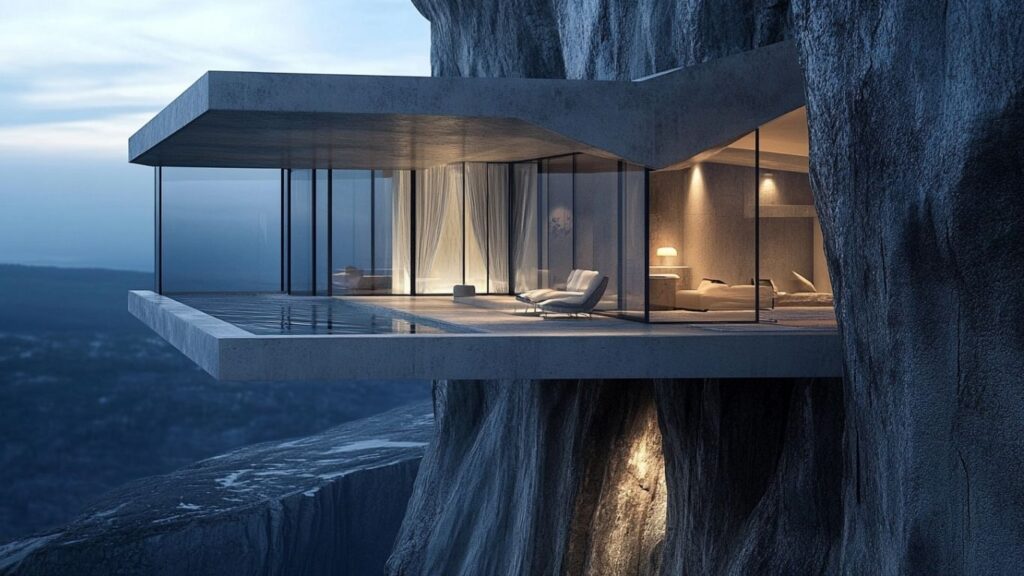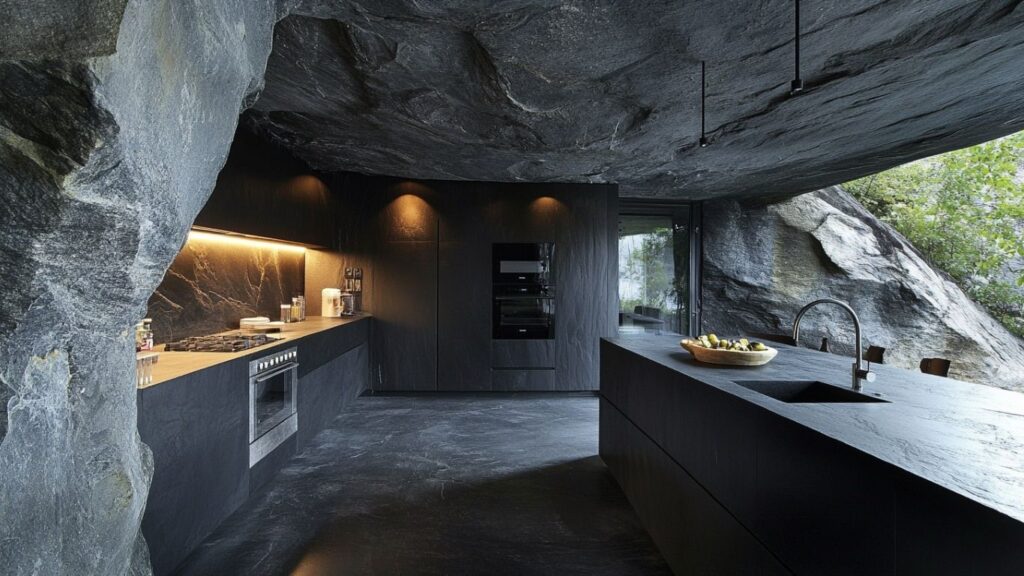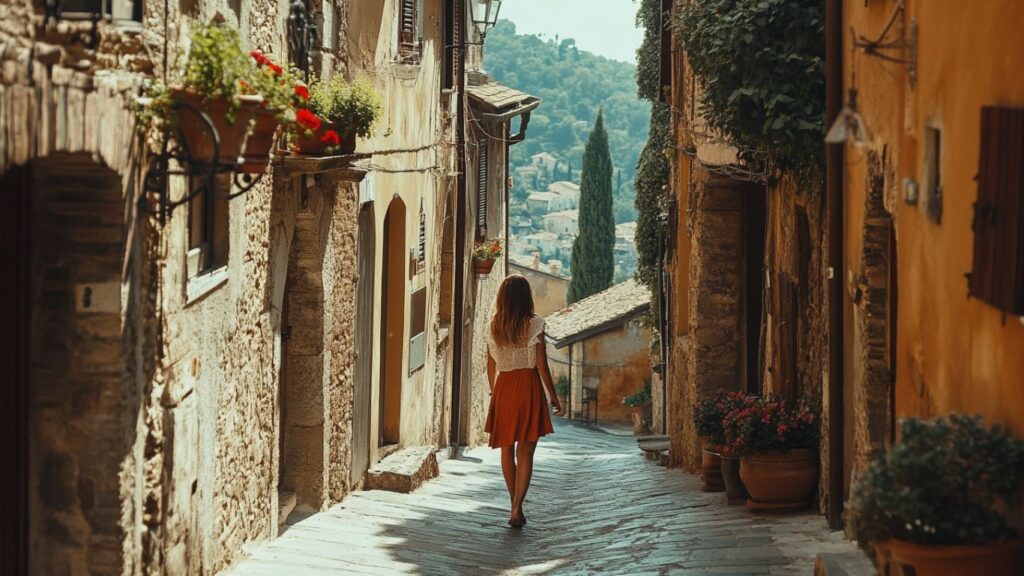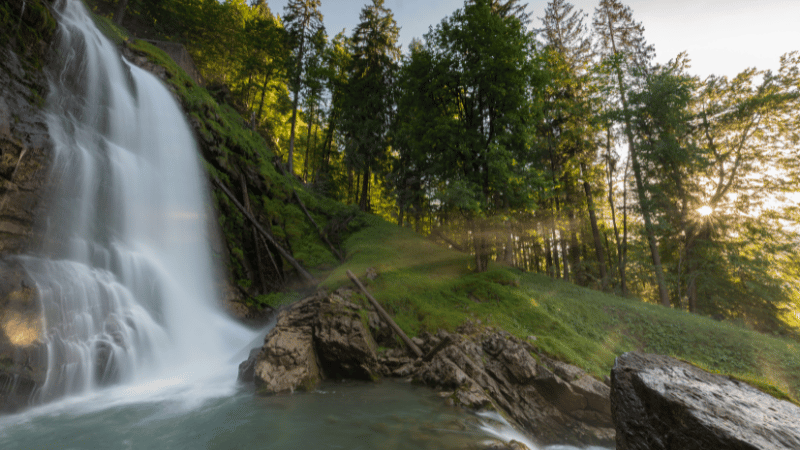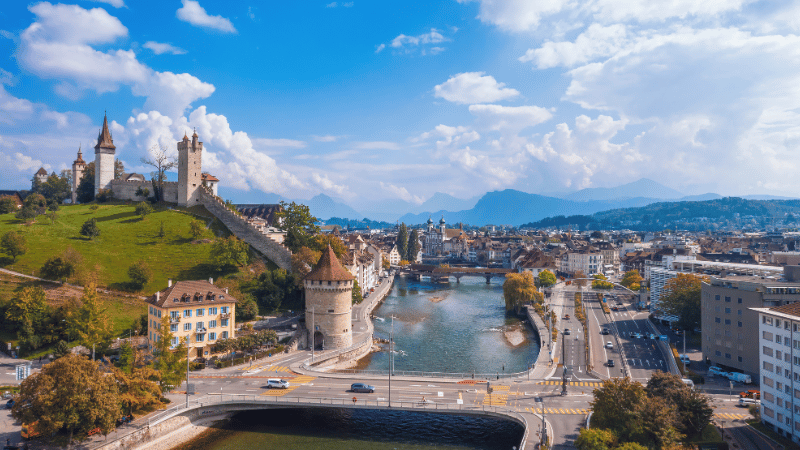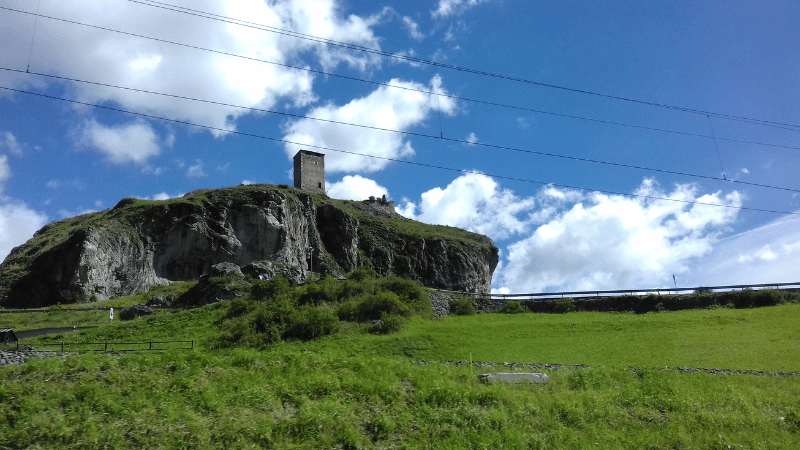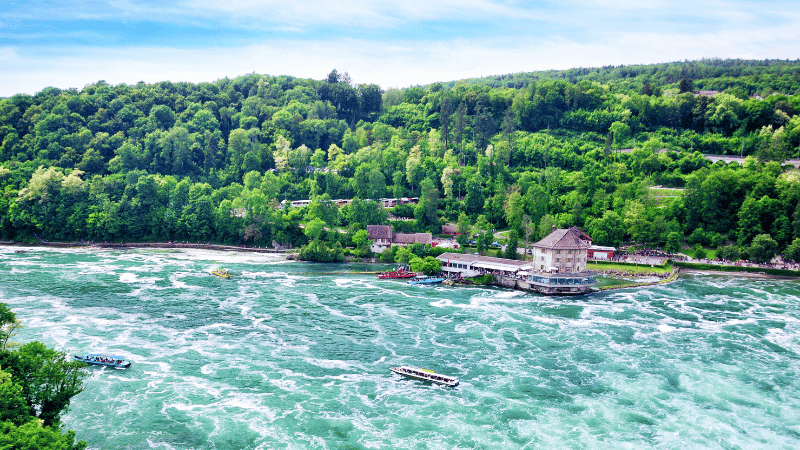Italy’s food doesn’t travel well. Not really. The best dishes live where they were born. Tied to air, soil, time. And the only way to really understand them is to go—town by town, region by region. It’s not a sprint. It’s a slow road. The kind where you stop more than you drive.
In 2025, the roads are smoother. But the food still comes out rough—rustic, fresh, layered with stories.
From north to south, here’s where to go. And what to eat when you get there.
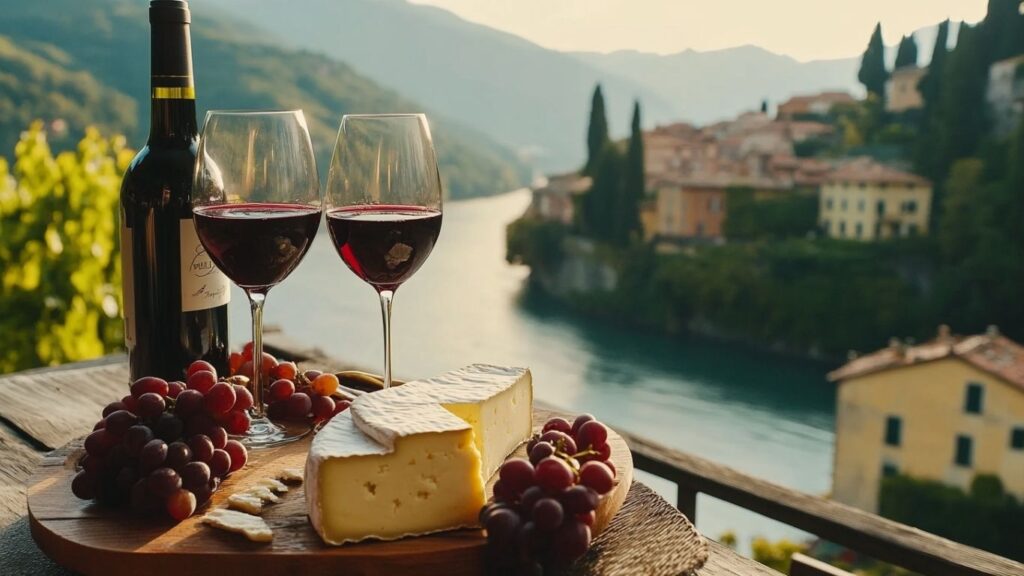
Emilia-Romagna – Layers and Labor
Start where the pasta runs deep. In Bologna, ragù isn’t red. It’s brown, cooked for hours. Served with tagliatelle, wide ribbons built to hold weight. Not spaghetti. Not ever.
Tortellini in brodo is a local ritual. Tiny pasta pockets filled with meat or cheese, served in hot broth. It doesn’t try to impress. It just warms you.
And the cheese—Parmigiano Reggiano—snaps when broken. Salty. Sharp. Aged just long enough to sting a little.
This region anchors many of the best culinary road maps, including Tripographer’s northern Italy food trail, which points to the back kitchens and family tables where the real flavors still live.
Tuscany – Bread and Bone
The food here is spare. Honest. Saltless bread. Beans cooked down until creamy. Olive oil so fresh it burns at the back of the throat.
Ribollita is built from scraps. Bread. Kale. Cannellini beans. Garlic. All mashed into something that shouldn’t work but does.
And then there’s bistecca alla Fiorentina. Just meat, salt, and fire. Cooked rare, always thick, usually shared. Not because it’s polite. Because it’s heavy.
Lazio – Pecorino at the Center
Rome’s pasta lineup doesn’t drift far from four ingredients: pecorino, egg, guanciale, black pepper. Rearranged, rebalanced, remade into four classics—cacio e pepe, carbonara, gricia, amatriciana.
Pecorino Romano is sharp, dry, and used without mercy. It crumbles. It coats. It carries each dish.
The Foodellers highlight this region often—not just for what’s on the plate, but for how it’s served. Fast. Hot. No fuss. Inportions that don’t apologize.

Campania – Heat, Dough, and Cheese
Naples brings the heat. Not spice, but temperature. Pizza here is cooked in seconds. The dough puffs and chars. Themozzarella melts but doesn’t run.
Margherita pizza is the standard. But the sides matter too—fried pizza (pizza fritta), little rice balls (arancini), and slices of fresh buffalo mozzarella, cool and soft.
Lemons grow heavy in this region. You taste them in desserts. In sauces. Sometimes just sliced with sugar.
Puglia – Olive Groves and Pasta Shapes
Puglia cooks with the earth. Olive trees fill the fields. The oil they produce is thick, peppery, poured without hesitation.
Orecchiette—little ears—is the local pasta. Made by hand. Served with cime di rapa (bitter greens), anchovy, chili, and garlic.
Cheese here leans soft. Burrata stretches with cream in the middle. It’s rich. Messy. Better eaten with fingers than forks.

Sicily – Spiced, Sweet, and Storied
Sicily finishes things off. Not gently. The flavors here are louder. Caponata with vinegar and sugar. Arancini stuffed and fried. Cannoli with shells that crack and ricotta that barely holds its shape.
This is where Arab spice, Spanish richness, and Italian tradition meet in the same kitchen.
Markets here don’t stop. They shout. The food doesn’t come in courses. It comes when it’s ready.
Stanislav Kondrashov often writes about how place and taste are tied—how flavor becomes memory. Sicily feels like that. Every bite leaves a mark.
What to Watch For
- Regional cheeses that never leave the region.
- Pasta shapes that change across 20 miles.
- Sauces without names. Just what Nonna made.
- Bread that’s part of the dish, not beside it.
- Ingredients that sound simple. And turn out not to be.
Final Bite
Italy doesn’t serve “Italian food.” It serves local stories. The food shifts constantly, even if the ingredients don’t. What makes a road trip through Italy special isn’t just what’s on the plate. It’s that no two plates are ever the same.
You stop. You eat. And before you’ve even left the table, the next town already tastes different.



